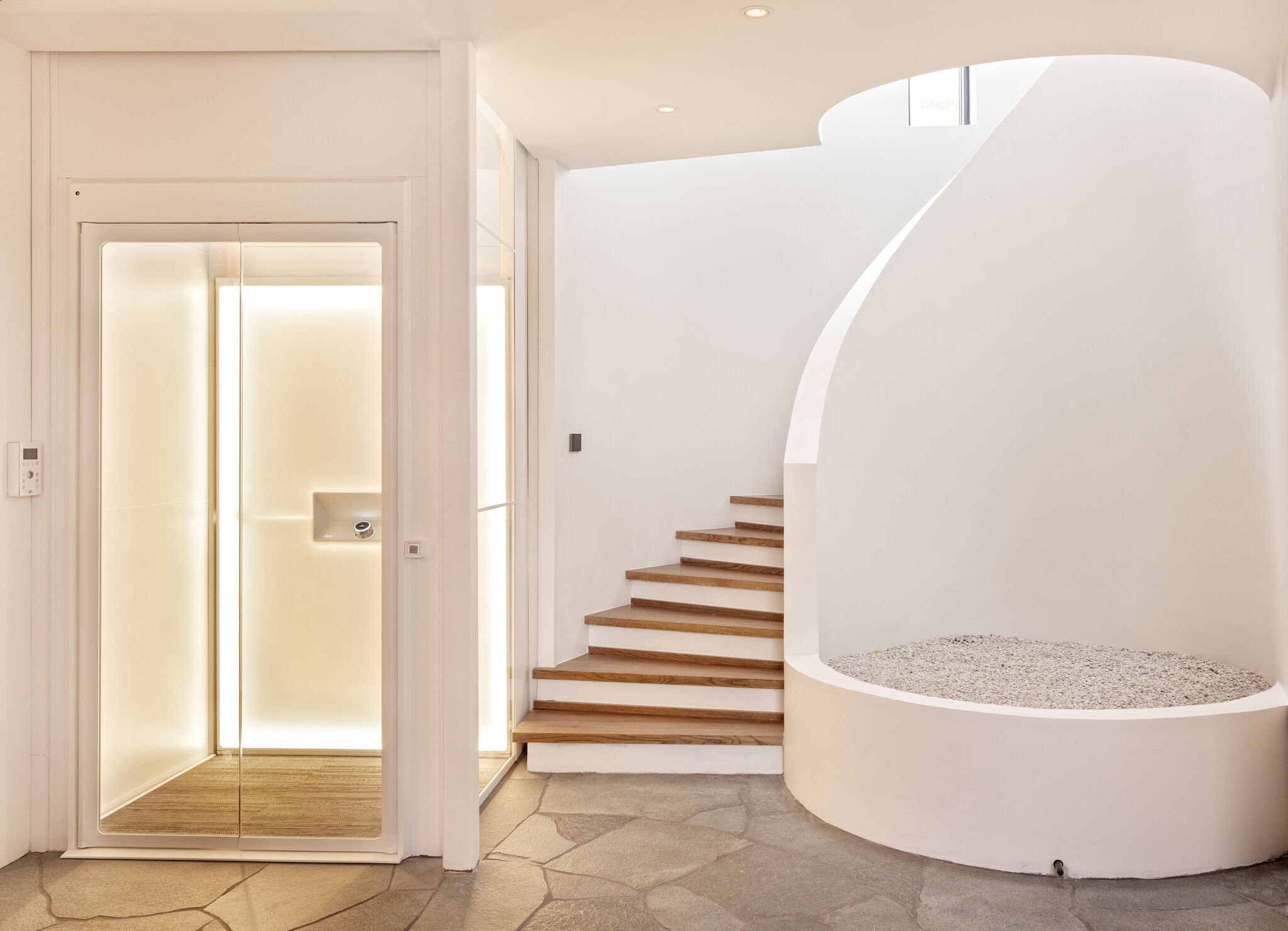


As society continues to prioritize inclusivity and accessibility, finding the right wheelchair home lift becomes crucial for individuals with mobility challenges. Whether due to aging, disability, or injury, a wheelchair lift offers independence and convenience within the comfort of one's own home. However, selecting the most suitable lift requires careful consideration of various factors. Here are essential aspects to keep in mind during the decision-making process:
Read Also : Aritco Home Lift: Elevating Accessibility and Design
1. User's Mobility Requirements
Begin by understanding the specific needs of the individual who will be using the wheelchair home lift. Consider factors such as the type of wheelchair used, any mobility aids required, and the user's range of motion to ensure the lift meets their unique requirements.
2. Space Constraints and Layout
Evaluate the available space in the home where the lift will be installed. Measure doorways, hallways, and the designated lift area to ensure compatibility and smooth operation without obstructing other pathways or furniture.
3. Weight Capacity and Size
Verify the lift's weight capacity to accommodate both the user and their wheelchair comfortably. Additionally, consider the size of the wheelchair and any potential changes or upgrades in the future to ensure the home lift remains suitable over time.
4. Safety Features
Prioritize lifts equipped with advanced safety features to protect the user during operation, like Aritco Home Lift from Skelevator. Look for features such as emergency stop buttons, safety gates or doors, anti-slip surfaces, and sensors to detect obstacles or malfunctions.
5. Ease of Use
Choose a home lift with intuitive controls that are easy to operate for individuals of all abilities. Smooth and quiet operation enhances the user experience and promotes independence within the home environment.
6. Installation Requirements
Consult with professionals to determine the installation process and any structural modifications needed to integrate the lift seamlessly into the home. Ensure compliance with building codes and regulations to guarantee safety and functionality.
7. Maintenance and Service
Inquire about the maintenance schedule and availability of service support from the manufacturer or supplier. Regular maintenance is essential to keep the home lift in optimal condition and prevent potential breakdowns or malfunctions.
8. Customization Options
Explore customization possibilities to tailor the home lift to specific preferences and aesthetic requirements. This may include choosing from various lift designs, finishes, and additional features to complement the home decor.
9. Energy Efficiency
Consider energy-efficient models that minimize power consumption and operating costs over time. Look for home lift equipped with features such as energy-saving modes or automatic shut-off to conserve electricity when not in use.
10. Budgetary Considerations
Determine a realistic budget that aligns with the desired features and quality standards. While cost is a significant factor, prioritize value and long-term benefits to make a worthwhile investment in a reliable and durable wheelchair home lift.
By carefully evaluating these factors, individuals can make an informed decision when selecting a wheelchair home lift that enhances accessibility and improves overall quality of life. Prioritizing safety, functionality, and user comfort ensures a seamless and empowering experience within the home environment.
For further information about wheelchair home lifts, please visit Skelevator website at www.skelevatpr.co.id or contact us via WhatsApp at 081211312224.